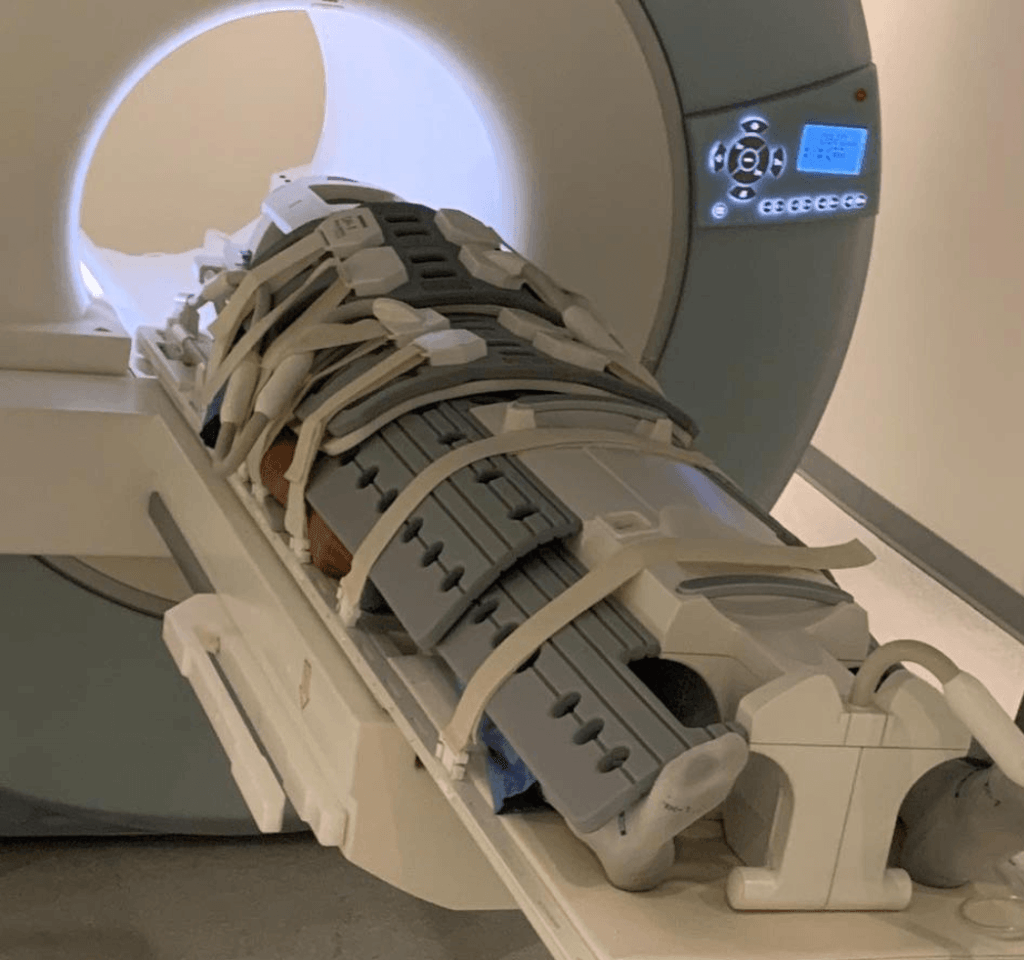In this “Ask Me Anything” (AMA) episode, Peter and Bob discuss different methods to evaluate body composition. They explore ways of measuring body fat, delineating between subcutaneous and visceral fat, and go over best strategies for improving body composition and optimizing health. They also discuss insulin resistance using a patient case study that highlights interventions capable of reversing the condition. Finally, Peter addresses his level of concern about a recent Consumer Report finding that Topo Chico had the highest levels of a class of synthetic chemicals (PFAS) of all the carbonated bottled waters tested. Peter concludes by sharing if the finding will change his consumption habits.
If you’re not a subscriber and listening on a podcast player, you’ll only be able to hear a preview of the AMA. If you’re a subscriber, you can now listen to this full episode on your private RSS feed or on our website at the AMA #17 show notes page. If you are not a subscriber, you can learn more about the subscriber benefits here.
We discuss:
- Body mass index (BMI) vs. body fat percentage (BF%) (1:45);
- Methods of assessing body fat—Magnetic Resonance Imaging (MRI) (6:25);
- The different types of body fat (9:00);
- Methods of assessing body fat—Computed Tomography (CT Scan) (12:00);
- Methods of assessing body fat—Dual-Energy X-ray Absorptiometry (DEXA) (14:30);
- Methods of assessing body fat—Hydrostatic/Underwater Weighing (19:25);
- Methods of assessing body fat—Air Displacement (Bod Pod) (22:25);
- Methods of assessing body fat—Skinfold measurement (23:55);
- Methods of assessing body fat—Total Body Water (27:15);
- Methods of assessing body fat—Bioelectrical Impedance (BIA) (28:45);
- The optimal body fat percentage, muscle mass, and the best strategy to improve body composition (31:30);
- Defining insulin resistance and the steps to reverse it (40:15);
- Patient case study: Reversing insulin resistance (49:00);
- Addressing the recent finding of high levels of PFOA in Topo Chico (58:25); and
- More.
Get Peter’s expertise in your inbox 100% free.
Sign up to receive An Introductory Guide to Longevity by Peter Attia, weekly longevity-focused articles, and new podcast announcements.
Body mass index (BMI) vs. body fat percentage (BF%) [1:45]
Body mass index (BMI) can tell us limited information
- e.g., We know almost assuredly that 22 is better than 34
- But we know much less about the difference between 22 vs. 26
- BMI doesn’t take into account muscle mass
- Bob, for example, has a BMI of about 27, but one look at him you see he has a lot of muscle
Body fat percentage (BF%)
- If you looked at Bob’s body fat percentage, it might be 8% in reality – so his fat mass is actually quite low
- Body fat percentage is the much better metric to understand
- Although, you still want to know the breakdown in type of fat (more on this later)
Methods of assessing body fat—Magnetic Resonance Imaging (MRI) [6:25]
Magnetic Resonance Imaging (MRI) overview
- Overview: MRI provides tomographic images with high soft tissue contrast, which enables quantification of fat and muscle compartmental volumes. Especially Dixon methods, that produce co-registered water and fat images, facilitate the separation of both adipose and lean tissue compartments. [West et al., 2018]
- How it works: Exposure to a large magnetic field changes alignment of atomic nuclei. Use of radio-frequency waves allows detection of this alignment change and can be used to reconstruct tissue orientation based on concentration of a particular element, typically hydrogen.

Figure 1. Peter going into a Prenuvo MRI machine for a whole-body MRI. Image credit: #61 – Rajpaul Attariwala, M.D., Ph.D.: Cancer screening with full-body MRI scans and a seminar on the field of radiology
More detail:
- Gold standard: A whole-body MRI would produce the most accurate results
- MRIs are generally done for imaging a specific body part (knee, back, etc.)
- Given the expense and the time (4+ hours), it’s not actually practical to do a whole-body MRI for body fat outside of the research setting
- That being said, it is the gold standard for BF% — not only because of the accuracy, but more importantly because of the very clear of picture it gives of the type of fat present (i.e., subcutaneous vs. visceral)

Figure 2. Pros and cons of the MRI method.
The different types of body fat [9:00]
“Not all fat is created equal.”
{end of show notes preview}
Would you like access to extensive show notes and references for this podcast (and more)?
Check out this post to see an example of what the substantial show notes look like. Become a member today to get access.




